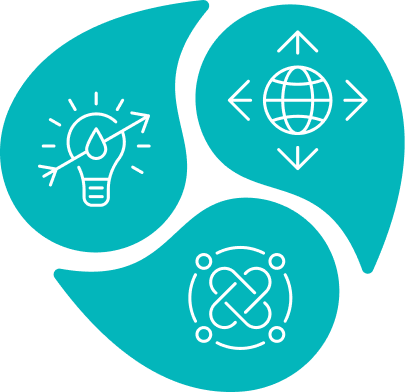In order to address the challenges faced by the communities, a project was implemented designed to provide a supportive framework that promoted sustainable utilization of natural resources, ensure governance and accountability of actions, while addressing poverty. The underlining goal was to promote a sustainable approach by enabling people to understand and analyse the prevailing situation in their areas, to increase adaptive capacity and resilience knowledge.
This was done through various community dialogues and training sessions aimed at creating an empowering environment for the people to make decisions on how to sustainably manage their resources and landscapes and be able to cope in harsh drought periods.
The project was launched in Lira district north eastern Uganda with a representation of key government ministries which included Ministry of Agriculture, Animal Industry and Fisheries (MAAIF), Ministry of Water and Environment, district local council members, district technical staff, representation from local community leadership. This contributed to raising awareness about the project. The spectrum of stakeholders also discussed and agreed on the proposed project strategy, work plan, implementation and coordination modalities.
The project employed the Community Environment Conservation Fund (CECF) approach. The CECF approach involves availing community grants at village level managed by a village committee as a revolving fund. The community grant is accessed by community members as a loan for emergencies with a service fee of 5% and is borrowed for not more than 3 months. This fund enabled community members to access money to cater for their immediate needs while fulfilling the environmental requirements.

 Case study
Case study